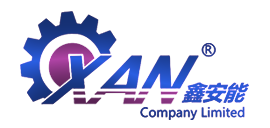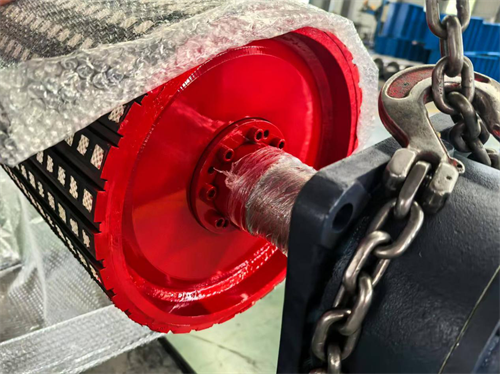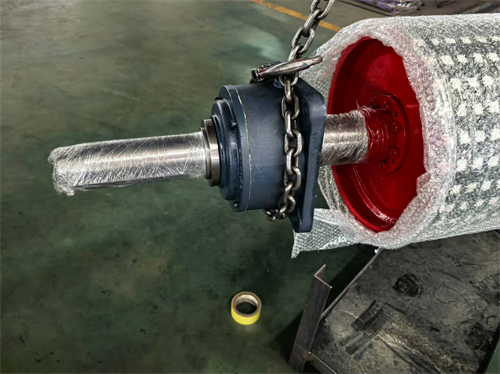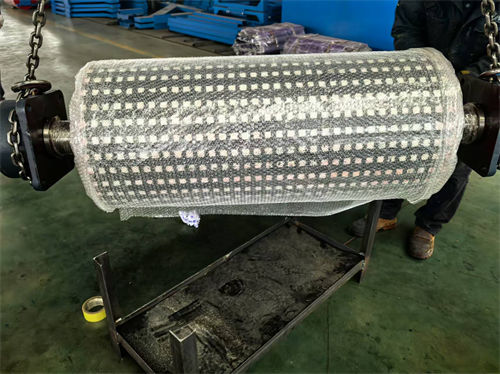
It is easy to connect and transition between roller conveyors, and a complex logistics conveying system can be formed by multiple roller lines and other conveying equipment or special aircraft.

The roller conveyor is suitable for conveying goods with a flat bottom, and is mainly composed of a transmission drum, a frame, a bracket, a driving device and other parts. It has the characteristics of large conveying capacity, fast speed, light operation, and can realize multi-variety collinear shunt transportation.
Structural form: from the driving form, it is divided into powered, unpowered, electric drum, etc., and is divided into horizontal conveying, inclined conveying and turning conveying according to the layout form.

Dimensions: The inner width of the roller conveyor is specified by the customer, which can be made according to customer needs, and the standard turning radius of the turning roller line is 300, 600, 900, 1200mm, etc., and other special specifications can also be used according to customer needs. The diameter of the drum used in the straight section drum is 38, 50, 60, 76, 89mm and so on. The taper of the turning drum will be designed according to the weight, dimensions, linear speed and so on of the conveyed object.
Frame material: carbon steel spraying, stainless steel, aluminum profile.
Power mode: geared motor drive, electric drum drive, etc.
Transmission mode: single sprocket, double sprocket, O-belt, plane friction transmission belt, synchronous belt, ribbed belt, etc.
Speed regulation mode: frequency conversion speed regulation, stepless speed regulation, etc.
Transmission speed: maximum 180m/min.
Maximum Load:
RIBBED BELT PJ: UNIT UP TO 300KG
RIBBED BELT PK: UNIT UP TO 2000KG
Chain: According to the strength of the chain, consult the manufacturer
Timing belt: According to the material of the core wire of the timing belt (steel wire, glass fiber, nylon), consult the manufacturer specifically
O-belt: unit up to 30KG
Equipment features: easy to connect and transition between roller conveyors, can be used a number of roller lines and other conveying equipment or special aircraft to form a complex logistics conveying system and diversion and confluence system, the power roller line considers the tensile strength of the chain, and the longest single line length is generally not more than 10 meters.

Conveyor usage specifications
In gravity roller conveyor applications, the use of open or steel shielded covers avoids increased bearing friction. While bearings can be used at temperatures as high as 170°C, steel shielded bearings should not be used at temperatures of more than 100°C because the shields will be deformed. When it is outside the range of 0°C~65°C, special lubrication problems need to be considered. In higher temperature applications, the belt load should be spaced more often and moved quickly to reduce the heat absorption of the pulley. And it is better to have a heat sink for the drum. The load capacity of the drum is determined by the bearing load capacity and the width of the drum. The basic bearing load capacity is determined by empirical formulas and experimental tests. And it is rated by the conveyor with a narrow width, if the width increases, the load capacity of the drum decreases due to the deformation of the shaft, and the load capacity of the gravity roller conveyor has a great relationship with the selected components, according to the combination of the electric drum, skeleton and bracket. Due to the different processing shapes, there are three assembly methods: direct pressure type, crimp type and forming type, the drum assembly on the skeleton track can be higher or lower than the skeleton, which completely depends on the needs of the application, if the drum is lower than the skeleton track, the skeleton track can be used as a guide rail, and there is no need to install a safety rail; However, if you use a wide load, it cannot be used because the load interferes with the skeleton. Relative to the way that the drum is higher than the skeleton, a safety fence is installed separately, which is more elastic in application. The most common skeleton types are channel steel, L-shaped steel or flat plate forming. Distinguished by the way of forming, it can be divided into bending and forming and structural steel, the structural steel is heavier in weight, better in strength, and is used for heavy loads, usually on both sides of the conveyor is the same section steel, and the use of support beams to weld or bolt fixing. However, for some applications with specific needs, the type of skeleton on both sides is not the same. It is equipped with more rollers, which has better conveyability and load capacity, and has better traction when turning. In addition, this structure also has a three-piece skeleton fishbone design module, which can move the load on the center line of the conveyor due to its self-centering tracking.